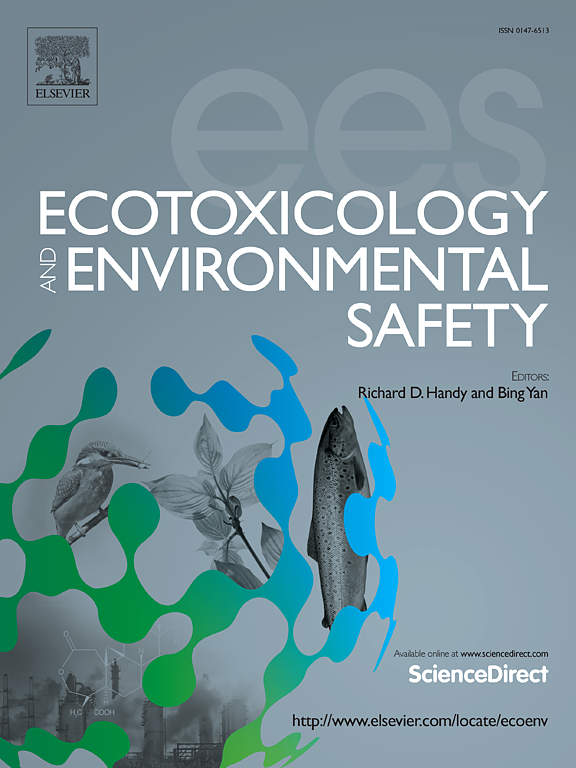Determinants of plasma poly- and perfluoroalkyl substances during pregnancy: The Japan Environment and Children’s Study
IF 6.2
2区 环境科学与生态学
Q1 ENVIRONMENTAL SCIENCES
引用次数: 0
Abstract
Per- and polyfluoroalkyl substances (PFAS), a group of compounds associated with adverse health outcomes, have been identified widely in humans. This study investigated the determinants of PFAS in plasma collected from pregnant women enrolled in the Japan Environment and Children’s Study from 2011 to 2014. Several machine learning approaches were used, and the XGBoost model had the best predictive performance for seven PFAS quantified in more than 50 % of the population (from R2 = 0.34 and RMSE = 0.39 ng/mL for perfluorononanoic acid to R2 = 0.85 and RMSE = 0.19 ng/mL for perfluoroundecanoic acid). Feature analysis revealed that variation among regional centres was the most critical determinant. While parity was negatively associated with most PFAS concentrations and maternal age was positively associated with it, a positive interaction between parity and age suggests that PFAS accumulation with increasing age may have a greater impact than the reduction in PFAS levels associated with parity. Fish intakes demonstrated strong interactions with regional centres, leading to elevated PFAS levels in specific regions. Moreover, the cumulative effect of multiple weak interactions between determinants may have influenced PFAS concentrations in maternal plasma. Our models correlate more than 200 determinants with maternal PFAS concentrations while accounting for key interactions, providing a novel perspective regarding the effects of physical conditions, behaviours and dietary consumption on PFAS in pregnant women. This study provides valuable insights into the determinants of plasma PFAS concentrations and contributes to risk assessment and management strategies for pregnant populations.
求助全文
约1分钟内获得全文
求助全文
来源期刊
CiteScore
12.10
自引率
5.90%
发文量
1234
审稿时长
88 days
期刊介绍:
Ecotoxicology and Environmental Safety is a multi-disciplinary journal that focuses on understanding the exposure and effects of environmental contamination on organisms including human health. The scope of the journal covers three main themes. The topics within these themes, indicated below, include (but are not limited to) the following: Ecotoxicology、Environmental Chemistry、Environmental Safety etc.

 求助内容:
求助内容: 应助结果提醒方式:
应助结果提醒方式:


